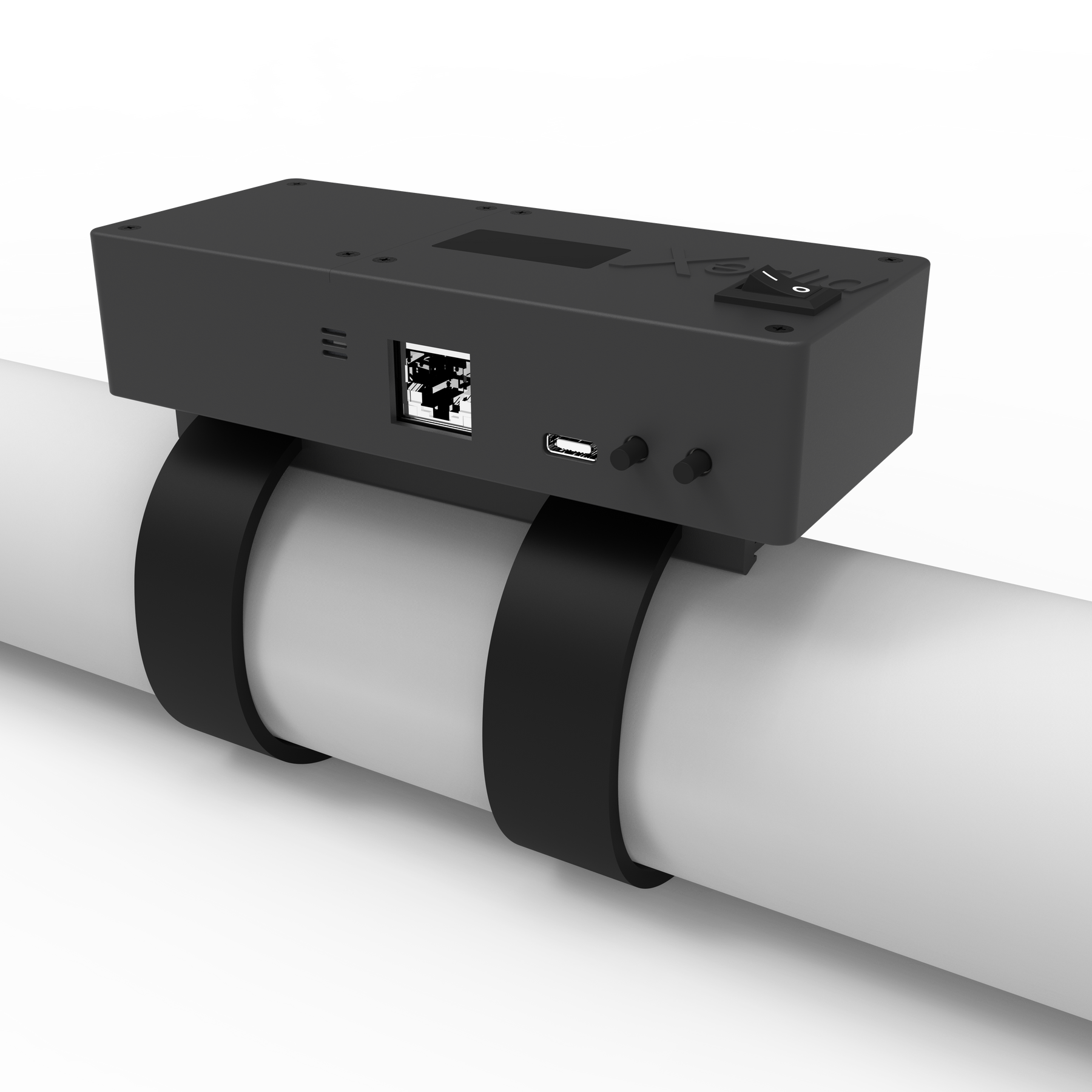Have you ever experienced the confusing and unsanitary issue where flushing the toilet causes water to back up into your sink? This problem can be more than just an inconvenience; it can be a sign of a more serious plumbing issue in your home. Let’s explore the potential causes and solutions for this alarming situation, as well as preventative measures you can take to maintain a healthy plumbing system.

Understanding the Plumbing System
Basic Plumbing System Overview
To understand why water might come up the sink when you flush the toilet, it’s essential to have a basic understanding of how your home’s plumbing system works. In most homes, the plumbing system is a network of pipes that carry clean water in and wastewater out. These systems rely on gravity and vent pipes to help move water and waste through the pipes efficiently.
Drainage and Ventilation System
The drainage and ventilation system is a critical component of your plumbing. The drainage system removes wastewater from your home, while the ventilation system allows air to enter the drain pipes to prevent a vacuum effect that could impede water flow. If there is a problem with the ventilation system or a blockage in the drainage pipes, it can cause water to back up into fixtures like your sink.

Common Causes of the Problem
Clogged Drain Pipes
One of the most common causes of water backing up into the sink when you flush the toilet is a clogged drain pipe. Over time, debris like hair, soap scum, and food particles can build up in your pipes, creating a blockage that prevents water from flowing freely.
Blocked Vent Pipes
Vent pipes are designed to release sewer gases outside and introduce air into the plumbing system. If a vent pipe is blocked, it can create a vacuum that disrupts the normal flow of water, causing it to back up into your sink or other fixtures.
Sewer Line Issues
In some cases, the problem might be related to the sewer line that connects your home to the municipal sewer system. Tree roots, broken pipes, and other obstructions can cause sewer line blockages, leading to water backing up into your home’s plumbing fixtures.
Faulty Plumbing Design
Sometimes, the issue arises from poor plumbing design or installation. Improperly installed pipes or a poorly designed drainage system can lead to problems with water flow, resulting in water backing up into your sink when you flush the toilet.

Diagnosing the Issue
Check for Blockages
If you’re experiencing water backing up into your sink when you flush the toilet, the first step is to check for blockages. Use a plunger to attempt to clear any visible clogs in the sink or toilet. If the plunger doesn’t work, you may need to use a plumbing snake to reach deeper blockages.
Inspect Vent Pipes
Blocked vent pipes can cause the same issue. Inspect your roof vents to ensure they are clear of debris such as leaves, bird nests, or other obstructions. You may need to use a garden hose to flush out any blockages.
Consult a Professional
If you’ve checked for blockages and inspected the vent pipes but are still experiencing issues, it may be time to consult a professional plumber. A plumber can use specialized equipment like video cameras to inspect your pipes and identify the source of the problem.
Solutions and Repairs
Clearing Clogs
If a clog is causing water to back up into your sink, clearing the clog should resolve the issue. You can use a plunger or plumbing snake to remove the blockage. For stubborn clogs, a plumber may use hydro-jetting, which involves using high-pressure water to clear the pipes.
Ventilation Repairs
If a blocked or damaged vent pipe is causing the problem, you’ll need to clear or repair the vent. This may involve climbing onto the roof to remove debris from the vent pipe or replacing a damaged section of the pipe.
Sewer Line Repairs
If the issue lies with the sewer line, you may need to have a professional plumber inspect and repair the line. This could involve removing tree roots, patching broken pipes, or even replacing a section of the sewer line.
Professional Assistance
While some plumbing issues can be resolved with DIY methods, others require the expertise of a professional plumber. If you’re unable to identify or fix the problem on your own, don’t hesitate to seek professional assistance.
Preventative Measures
Regular Maintenance
Regular maintenance is crucial for preventing plumbing issues. Schedule annual inspections with a professional plumber to check for potential problems and address them before they become serious.
Proper Disposal Practices
Avoid flushing anything other than toilet paper down the toilet and disposing of grease and food particles in the sink. Proper disposal practices can help prevent clogs and keep your plumbing system running smoothly.
Installing Strainers
Installing strainers in your sink drains can help catch debris like hair and food particles before they go down the drain and cause blockages.
Conclusion
Experiencing water coming up the sink when you flush the toilet is a frustrating and unsanitary problem. However, by understanding your plumbing system, identifying the cause of the issue, and taking appropriate action, you can resolve the problem and prevent it from happening in the future. Regular maintenance and proper disposal practices are key to keeping your plumbing system in good working order.
FAQ
What should I do if a plunger doesn’t clear the clog?
If a plunger doesn’t clear the clog, you can try using a plumbing snake to reach deeper blockages. If that doesn’t work, it may be time to call a professional plumber.
Can I prevent this problem from happening in the first place?
Yes, you can prevent this problem by practicing proper disposal habits, installing drain strainers, and scheduling regular plumbing inspections.
How do I know if my sewer line is causing the problem?
If you’ve tried clearing clogs and inspecting vent pipes but are still experiencing issues, the problem may lie with the sewer line. A professional plumber can inspect the sewer line and identify any problems.
For more information on best practices in home construction and water conservation, check out this article.
Explore our related articles on best practices, recycled materials, and low-impact development. Keep your home in top condition and stay informed on the latest trends and best practices in the construction and maintenance industry.
As an Amazon Associate, I earn from qualifying purchases.



